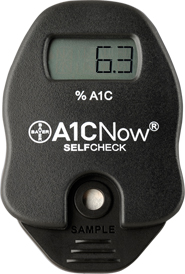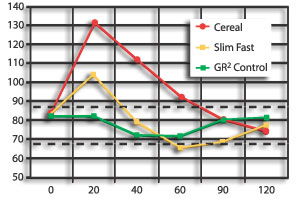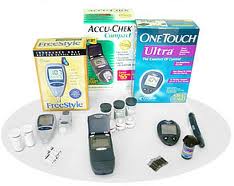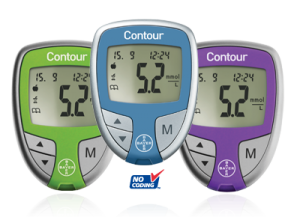A 1 C Meter

A1c testing has been, until recently, done strictly by a visit to the physician every few months and having a blood sample sent in for testing, now it is possible to get fast and accurate test results at home with an at home a1c meter. Practically anyone who has diabetes is very familiar with testing their blood sugar, sometimes many times each day, just to track and trend their levels and try to keep them as close to normal as possible.
Though many diabetics routinely visit their doctors for A1C testing they are not sure what the test is all about. The A1C test is all about tracking the level of blood glucose over an extended time. The A1C test and the A1C meter that is used at home are designed to read the levels of glycosolated hemoglobin in the blood.
Once glucose binds to red blood cells and is transported throughout the body the hemoglobin or red blood cells, are said to be glycosolated and never return to the non-glycosolated state for the reminder of their life. Since red blood cells have a life span of around 120 days, when the doctor had the A1C test performed it is a very good indication of what the predominant trend in blood sugar levels have been for the past 120 days.
The home A1C meter, like the metrika A1C now+, is not designed to be used in the same fashion as the glucometer which so many people are familiar with. The A1C meter which is designed to be used at home is generally sold as kits with the meter and two tests. The test kits are generally not reusable and it is not possible to buy refill kits, but with the capability to test twice for around $30 makes the kits attractive and very useful, especially for tracking the glucose level over a period of time.




